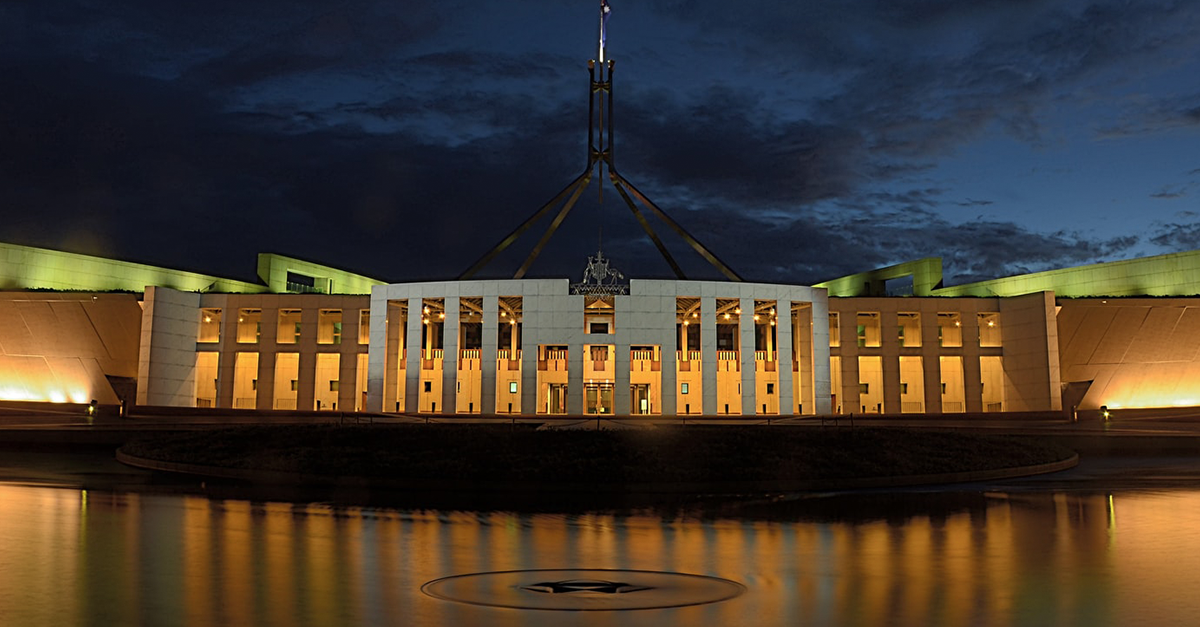Budget 2020
Finally

ANZ Research expects the Australian government to announce an underlying cash deficit of about $A250 billion for the 2020-21 financial year when the Federal Budget is unveiled on October 6. Smaller but still large deficits will follow in later years.
The 2020-21 figure is a much bigger one than estimated in the government’s July Economic and Fiscal Update, due to a number of factors, including the change in the eligibility rules for JobKeeper announced after Victoria returned to lockdown, weaker tax revenue due to the lockdown impact and, critically, additional spending and tax concessions.
ANZ Research’s focus on budget night will be fiscal stimulus, and whether it matches or exceeds its sizeable expectations.
An October budget itself is an event. It feels like we have been talking about the budget forever. This is understandable given the primary role fiscal policy has played in combating the economic impact of the pandemic. How it is delivered will also matter, as ANZ Research analysis shows different cohorts react differently to income supplements.
Spending
Some additional spending has already been flagged, including $A1.5 billion for manufacturing over four years. But the total amount revealed so far has been small and certainly nothing of the order that ANZ Research expects.
Some bigger-ticket items have been hinted at, such as bringing forward some personal tax cuts already legislated and tax incentives for business. This is where positive surprises are possible.
There has been discussion about whether the government might bring forward to July 2021 both remaining stages of proposed income tax cuts. ANZ Research has assumed only the tax cuts planned for July 2022 are brought forward to 2021.
There has also been speculation the tax cuts could be brought forward to July 2020 – and so backdated – which would be a major positive surprise relative to what ANZ Research has assumed.
Incentive
On the business side, significant tax incentives for investment are a minimum expectation for ANZ Research.
Another change that has recently appeared in media commentary is the introduction of a (likely temporary) loss carry-back provision. This would allow businesses losing money in 2020-21 to claim back tax paid in previous years. A number of countries have introduced or expanded such schemes in response to the pandemic.
ANZ Research expects the key focus of the budget to be jobs. The tax cuts will be framed in that manner, as has the manufacturing support and a likely wide range of other measures. There will also likely be measures aimed at reducing red tape and boosting productivity.
With jobs growth and productivity in mind, ANZ Research expects to see considerable additional funds devoted to infrastructure.
This will likely be in the form of direct spending by the government, possibility including existing or new government business enterprises, but also increased payments to states and territories that bring forward and accelerate infrastructure projects.
Recovery
While the budget will be focused on the economic recovery, ANZ Research expects further ‘bridge building’ in the form of additional direct-income support.
The fourth-quarter fiscal cliff is very real, in ANZ Research’s view. To minimise the risk this cliff sees GDP contract again, additional cash stimulus across November and December may be appropriate.
ANZ Research has factored into its forecast direct cash stimulus of $A5 billion to $A10 billion, to a range of households in the current quarter. There have been hints additional support may be coming but no specifics.
With the government focused on getting the private sector into job-creation mode, there is also scope for further positive surprises.
David Plank is Head of Australian Economics at ANZ
This story is an edited version of an ANZ Research report. You can read the full repot HERE.
This publication is published by Australia and New Zealand Banking Group Limited ABN 11 005 357 522 (“ANZBGL”) in Australia. This publication is intended as thought-leadership material. It is not published with the intention of providing any direct or indirect recommendations relating to any financial product, asset class or trading strategy. The information in this publication is not intended to influence any person to make a decision in relation to a financial product or class of financial products. It is general in nature and does not take account of the circumstances of any individual or class of individuals. Nothing in this publication constitutes a recommendation, solicitation or offer by ANZBGL or its branches or subsidiaries (collectively “ANZ”) to you to acquire a product or service, or an offer by ANZ to provide you with other products or services. All information contained in this publication is based on information available at the time of publication. While this publication has been prepared in good faith, no representation, warranty, assurance or undertaking is or will be made, and no responsibility or liability is or will be accepted by ANZ in relation to the accuracy or completeness of this publication or the use of information contained in this publication. ANZ does not provide any financial, investment, legal or taxation advice in connection with this publication.




